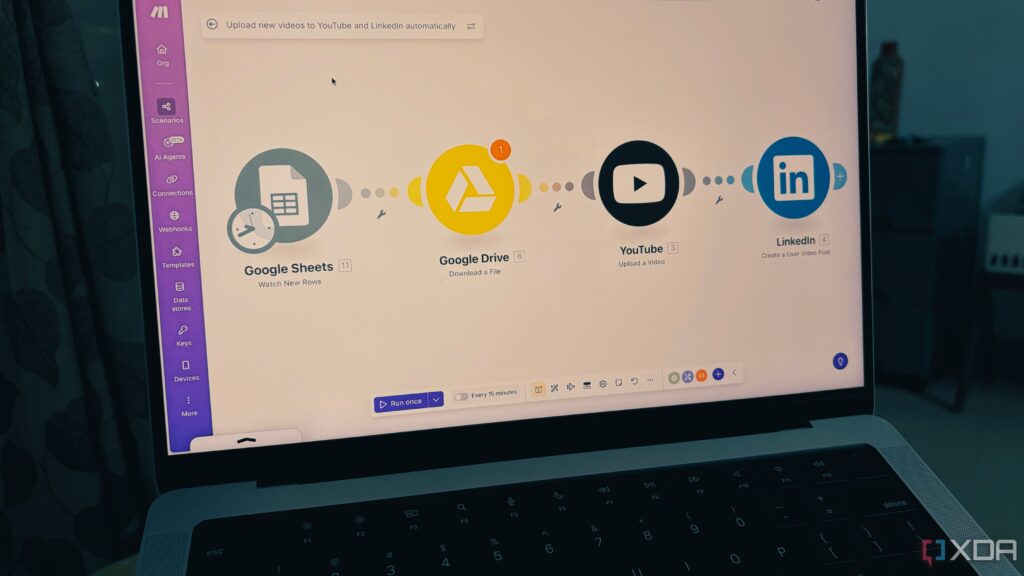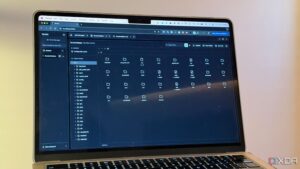
BREAKING: Users are rapidly transitioning from Zapier and n8n to Make, a powerful automation platform that promises enhanced data handling and intuitive visual workflows. This shift is happening now, as professionals seek to optimize their operational efficiency amidst growing demands.
The move comes as many users express frustration with the limitations of traditional low-code platforms. As workflows become more complex, the need for an advanced solution has never been more urgent. Reports indicate that Make offers over 80 different actions, significantly surpassing Zapier’s 20-30 actions, making it an appealing alternative for businesses looking to streamline their processes.
With Make’s innovative visual canvas, users can create workflows that are not only efficient but also easy to understand. Each automation, referred to as a Scenario, is displayed as a colorful, drag-and-drop map, allowing for quick adjustments and clear communication with team members. This is a stark contrast to Zapier’s text-based lists, which can become overwhelming as workflows grow in complexity.
A user shared that the testing process in Make is a game-changer. Unlike Zapier, where debugging requires sifting through text histories, Make allows users to observe data flows in real-time. If a filter halts progress, the affected module lights up in red, facilitating immediate inspection. This feature enhances user confidence and speeds up troubleshooting, providing peace of mind during critical operations.
The economic advantages of switching to Make are compelling. Zapier’s pricing model, which charges per task—even for simple actions—can lead to ballooning costs, especially for high-volume workflows. For example, a single run could consume up to 15 tasks, translating to significant monthly bills if executed frequently. Make, on the other hand, offers lower per-operation costs, making it a cost-effective choice for businesses looking to scale without breaking the bank.
Notably, the platform’s built-in HTTP module provides users the flexibility to connect to any service with a publicly available API, further expanding its capabilities. This feature is particularly beneficial for users needing integrations that go beyond standard applications, allowing for a seamless automation experience without complicated workarounds.
The growing popularity of Make is evident, as users express a desire for platforms that not only perform tasks but also provide clarity and control in their automation processes. Many are finding that Make fills the gap left by Zapier and n8n, offering a balance of visual clarity, advanced logic handling, and cost-effectiveness.
As professionals continue to explore their options, some are also considering alternatives like Activepieces, which offers powerful features alongside local LLM capabilities.
This transition signals a significant shift in the automation landscape, as users prioritize tools that adapt to their evolving needs. The urgency to switch to platforms like Make is palpable, with users eager to unlock new efficiencies and capabilities.
As the automation revolution unfolds, one thing is clear: Make is capturing the attention of those seeking an innovative solution to their automation challenges. Are you ready to take the leap? Share your thoughts and experiences with this emerging platform today.







